Have you ever watched a child ask, “But why?” over and over again? It may sound like just a game, but it’s actually something important happening inside their brain. That question — “why?” — is the beginning of something powerful. It’s called critical thinking.
Critical thinking means thinking clearly, asking smart questions, and making sense of what we see and hear. It’s not just about knowing facts. It’s about understanding them, using them, and sometimes even challenging them.
In this article, we’ll explore how and when children start to think critically. We’ll see how simple questions and everyday choices help build this skill — step by step — and how parents and teachers can help kids grow into smart, thoughtful problem-solvers.
What Is Critical Thinking, Really?
Before we dive into when kids develop critical thinking, let’s make sure we understand what it really means. Critical thinking isn’t about being critical, and it’s not about arguing or being clever.
It means thinking in a careful, smart way. It means asking questions, finding clues, checking if something makes sense, and making good decisions based on what you know.
For example, imagine a child hears, “If you eat carrots, you’ll become a superhero.” A child who is just learning to talk might believe it. But as they grow older, they start asking questions like, “Is that really true?” “Where did you hear that?” or “How do we know that?” That’s critical thinking.
It’s the skill that helps kids:
- Understand stories deeply
- Solve problems in math
- Tell facts from opinions
- Think before reacting
- Make smart choices in real life
Critical thinking is not a single skill — it’s a group of habits and abilities that build up over time.
When Does Critical Thinking Start?
Critical thinking doesn’t just turn on one day. It grows slowly. Even babies show the very first signs of it when they explore and test the world around them.
But most real critical thinking begins between the ages of 3 and 5. That’s when children start asking lots of questions. They begin to wonder, notice small things, and try to make sense of how things work.
From ages 6 to 12, kids start learning how to compare ideas, look for patterns, and give reasons for their choices. They can say things like, “I think it’s this because…” or “That doesn’t make sense because…”
By the teen years, ages 13 to 18, many children can think in very complex ways. They can argue both sides of a topic, plan ahead, notice unfairness, and question the world around them in deeper ways.
But remember — every child develops at their own pace. The goal isn’t to rush. It’s to notice the signs and support them as their brain gets stronger.
How Critical Thinking Grows in Everyday Life
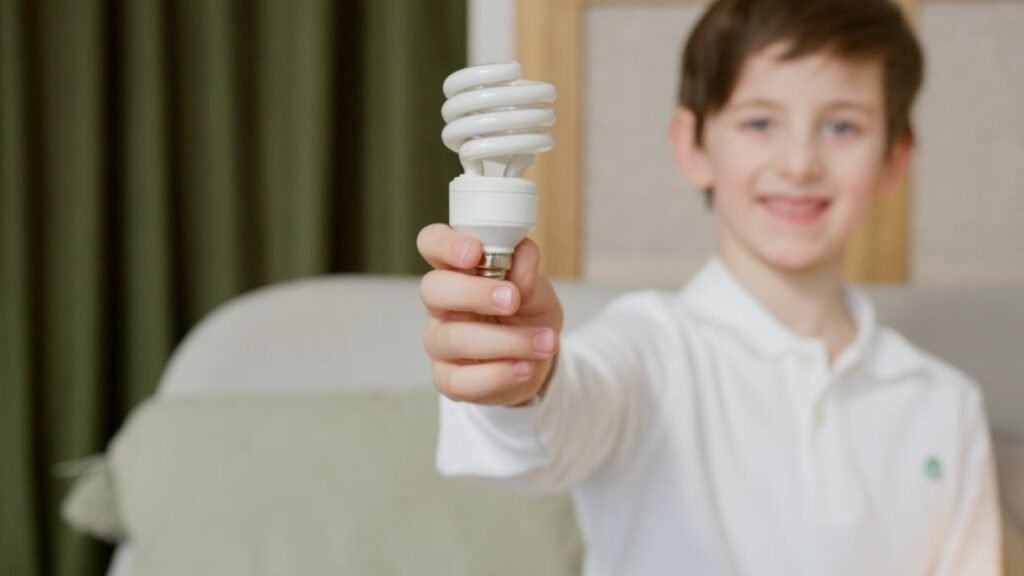
You don’t need a classroom or a textbook to see critical thinking in action. It happens every day — at home, on the playground, in the kitchen, and even during a game. When children make choices, solve small problems, or ask thoughtful questions, they are building this skill step by step.
Let’s look at some everyday moments that help critical thinking grow.
Choices and Consequences
When a child decides what to wear, what game to play, or whether to do homework now or later, they are making decisions. At first, they might choose just what feels fun or easy. But over time, they begin to think ahead. “If I don’t finish my homework now, I won’t have time to play later.”
This kind of thinking — understanding cause and effect — is an early part of critical thinking.
“Why” Questions
Kids love to ask “why.” At first, it might seem random or never-ending. But every “why” is a sign that their brain is trying to make sense of the world. “Why is the moon out during the day?” “Why can’t we breathe underwater?” These questions are seeds. And when adults respond with care, those seeds grow into strong thinking habits.
You don’t always need the perfect answer. Just saying, “Let’s think about that together” is sometimes more powerful than facts alone.
Stories and Conversations
When kids talk about a story they read, or a show they watched, they’re doing more than sharing — they’re practicing critical thinking. “I liked the ending because it was fair.” “I didn’t understand why the hero lied.”
When we ask simple questions like, “What would you have done?” or “Why do you think that happened?” we help kids look deeper, explain their thinking, and consider different points of view.
Problem-Solving Moments
Every time a child runs into a small problem — a puzzle, a broken toy, a mix-up with a friend — they get a chance to think critically. The more chances they have to solve these problems (without us jumping in too fast), the more their brain learns to slow down, think carefully, and try smart steps.
Even small problems matter. They help build a brain that doesn’t just react — but responds.
What Helps Children Become Better Thinkers
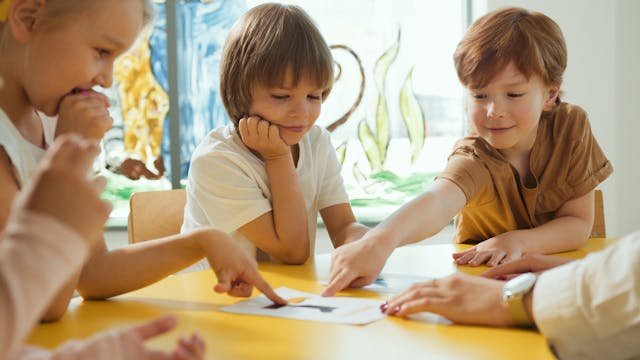
Now that we understand when critical thinking begins and how it shows up in daily life, let’s explore what actually helps it grow stronger. Just like muscles need exercise to get stronger, thinking needs practice too. And it doesn’t happen all at once.
Here’s how we can help children build strong thinking habits — in simple, everyday ways.
Give Them Time to Think
In today’s world, everything moves fast. But thinking takes time. When a child is asked a question, it’s tempting to jump in if they don’t answer right away. But pausing and giving them space is powerful.
When you wait, even just a few seconds, you give their brain a chance to think, try, and find their own answer. That small moment of silence builds thinking strength.
Don’t Always Give the Answer
Sometimes it’s okay — and even better — not to give the answer right away. When a child asks a question, you can say:
- “What do you think?”
- “Let’s figure it out together.”
- “Why do you think that might be?”
This tells the child their thoughts matter. It also makes them practice searching their brain, which grows their ability to solve things on their own.
Let Them Make Safe Mistakes
Mistakes can feel scary for kids, but they are actually great for learning. When something goes wrong — a missed step in a puzzle or a wrong answer in math — it gives the brain a chance to ask, “Why didn’t that work?” That’s a key part of critical thinking.
Instead of saying “That’s wrong,” try saying, “Interesting! What made you think that?” This keeps the door open for learning and helps children reflect without shame.
Ask Open-Ended Questions
These are questions that don’t have just one right answer. They invite kids to think, explain, and explore.
For example:
- Instead of “Did you like the story?” try “What did you like about the story?”
- Instead of “Was that fun?” try “What was your favorite part, and why?”
These kinds of questions push the brain to go a little deeper — and the more a child practices this, the faster and stronger their thinking becomes.
Encourage Curiosity
Every curious question is a sign that a child wants to understand. Curiosity leads to better thinking — and better thinking leads to more curiosity. It’s a cycle that feeds itself.
So when a child wonders about something, don’t brush it off. Even if the question feels off-topic or silly, treat it with care. That curiosity is fuel for thinking.
Critical Thinking in Different Subjects
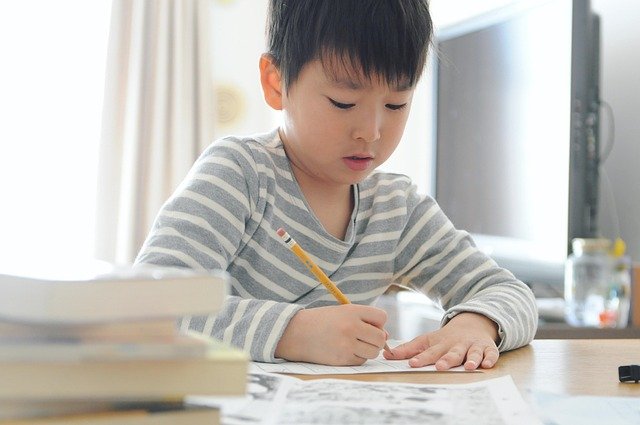
One of the most powerful things about critical thinking is that it’s not just for one subject. It works everywhere — in math, science, reading, history, and even art. When kids learn how to think clearly and carefully, they learn everything better.
Let’s see how critical thinking shows up in different areas of learning.
In Math: More Than Just Numbers
In math, critical thinking means more than just solving a problem. It means understanding why a solution works. A child who thinks critically won’t just say, “The answer is 12.” They’ll say, “I added 6 and 6 because there were two groups.”
This kind of thinking helps children do better in harder math later on. It also helps them spot mistakes and explain their thinking clearly.
When teachers or parents ask, “How did you get that answer?” they’re helping build this skill.
In Science: Thinking Like a Scientist
Science is full of questions: What makes a plant grow? Why does ice melt? What causes the wind? Critical thinking helps kids explore these questions by testing ideas, watching what happens, and making smart guesses.
Kids don’t need to be in a lab to think like scientists. Even simple “what if” questions at home — like “What happens if we leave this bread out?” — can grow scientific thinking.
Asking kids to make predictions, explain their reasoning, and check their guesses builds deep thinking.
In Reading: Understanding Beyond the Words
Critical thinking in reading means going beyond just knowing what happened in a story. It means asking: Why did the character do that? What lesson can we learn? What might happen next?
These kinds of questions help kids see meaning, connect ideas, and understand emotions — all key skills for strong reading and strong thinking.
And when kids share their thoughts in their own words, they learn how to think clearly and speak clearly.
In History and Social Studies: Asking Big Questions
History isn’t just dates and names. It’s full of big ideas. Why did people make certain choices? What would we have done in their place? How does the past affect the world today?
These questions invite children to think deeply, form opinions, and connect lessons from the past to their own life. That’s powerful thinking — and it helps them become more thoughtful and responsible citizens.
How Debsie Helps Kids Develop Critical Thinking Skills
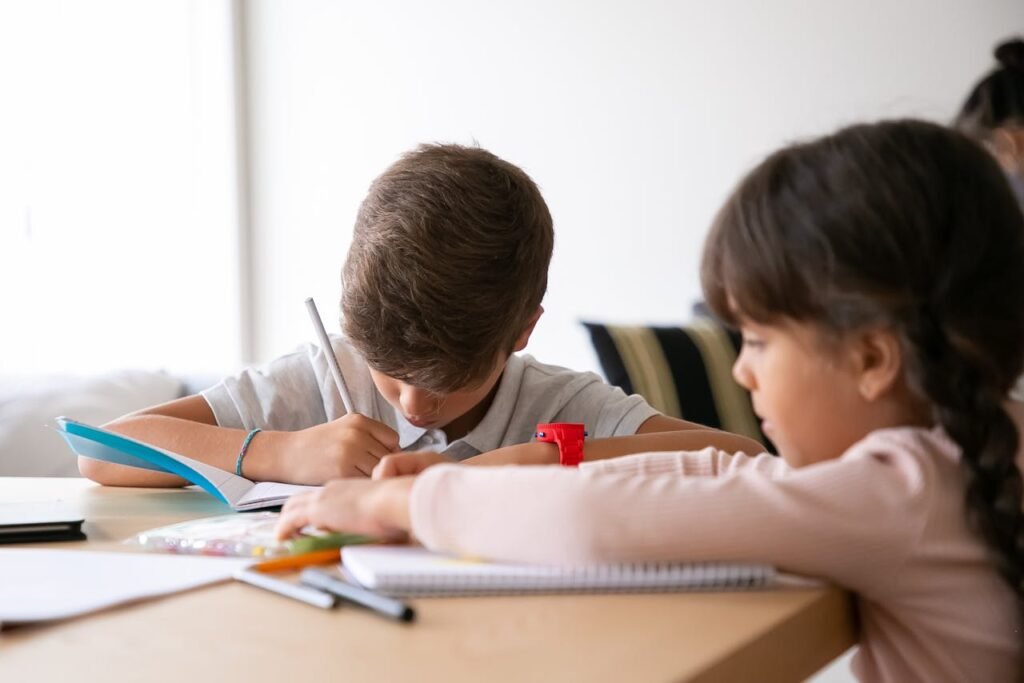
At Debsie, we know that true learning doesn’t come from just memorizing facts. It comes from thinking — asking, wondering, testing, and explaining. That’s why we build critical thinking into every lesson, in every subject, for every age group.
We don’t just teach kids what to learn. We teach them how to think.
Lessons Built on Questions, Not Just Answers
In our classes, learning often starts with a question: “Why do you think this happened?” “What might happen if we change this?” These questions spark curiosity — and that’s where thinking begins.
Whether your child is learning science, geography, math, or coding, they’re not just getting information. They’re being asked to explore it, connect it, and explain it in their own way.
That’s what builds strong thinking muscles.
Teachers Who Guide, Not Just Tell
All Debsie lessons are led by expert teachers who understand how kids learn. They don’t just deliver information and move on. They ask thoughtful questions, give kids time to think, and help them explain their ideas.
They guide children through open discussions, small challenges, and fun projects that make them stop and think. This back-and-forth learning is one of the best ways to build critical thinking.
Even shy kids open up. And when they do, their confidence and thinking skills grow together.
A Safe Space to Think and Try
Many children are afraid to speak up or share their thoughts — especially if they’re not sure they’re “right.” That’s why we create a safe, encouraging space where mistakes are part of learning.
At Debsie, there’s no such thing as a silly question. Every idea matters. Every voice counts. And every child is treated like a thinker.
This safety helps kids take more risks in their thinking. They try harder, go deeper, and feel proud of their progress.
Learning That Feels Like Discovery
We believe that learning should feel like an adventure. That’s why we mix thinking skills with games, puzzles, stories, and hands-on tasks. Kids don’t just sit and listen. They move, explore, ask, and create.
And every time they do, they’re not just learning facts — they’re learning how to use their brain in smarter, faster, and more thoughtful ways.
How Critical Thinking Helps Kids Beyond the Classroom
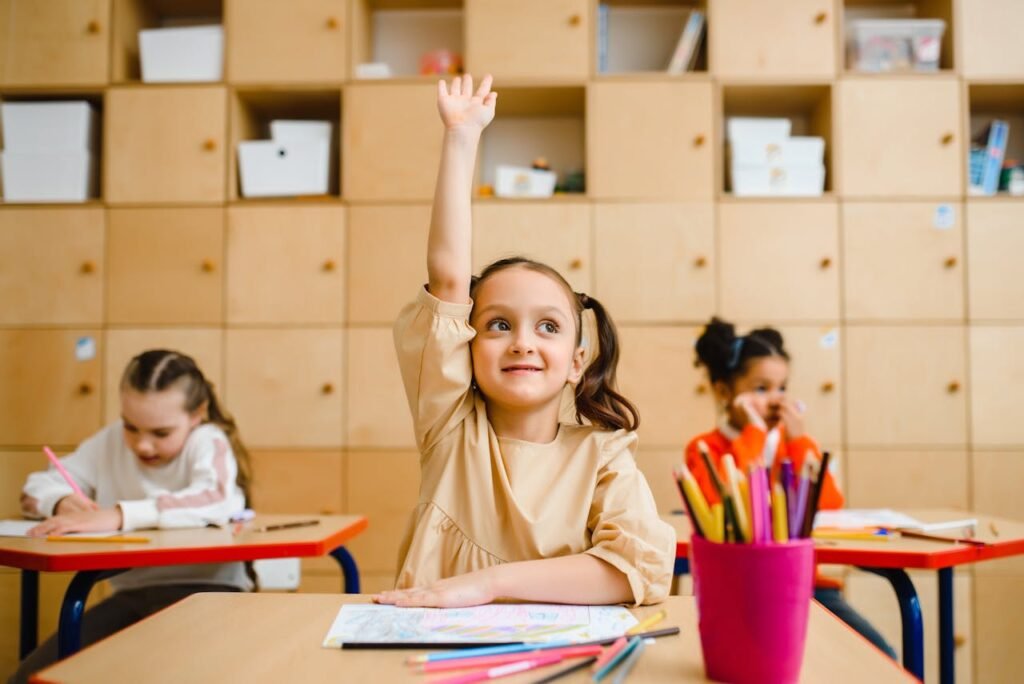
While critical thinking improves school performance, its power doesn’t stop there. This one skill affects how children solve problems, handle emotions, talk with others, and make life decisions — both big and small.
The ability to think clearly, ask questions, and make smart choices becomes the base for so many important life skills.
Better Decision-Making
Every day, kids face choices: Should I do my homework now or later? Should I stand up for my friend? Should I tell the truth even if it’s hard?
Children who can think critically are better at weighing options. They look at the pros and cons. They think about what might happen next. They don’t just follow the crowd — they make choices that match their values.
This leads to better behavior, stronger friendships, and a deeper sense of self-control.
Stronger Communication
Thinking clearly helps kids speak clearly. When children learn to organize their thoughts, they explain things better. They can tell stories that make sense, give reasons for their ideas, and listen carefully to others.
These skills help them do well in school presentations, group work, and later — in job interviews or team meetings. Clear thinking leads to clear speaking — and that leads to confidence.
Solving Real-World Problems
From fixing a toy to planning a birthday party, kids solve problems all the time. With critical thinking, they don’t just guess. They stop, think, plan, test, and try again. That habit of working through a challenge — instead of giving up — builds resilience.
As they grow older, this helps with bigger tasks: managing money, setting goals, solving personal issues, or planning their future. A child who learns to think through problems grows into an adult who handles life with calm and clarity.
Empathy and Fairness
Critical thinking helps kids see the world from more than one point of view. When they ask, “Why did that person do that?” or “How would I feel in their shoes?” they are learning empathy.
They begin to understand that people think differently. That rules have reasons. That fairness means listening and learning. This kind of thinking helps kids become kind, respectful, and socially aware — traits that matter just as much as grades.
Every Child Thinks Differently — And That’s Okay
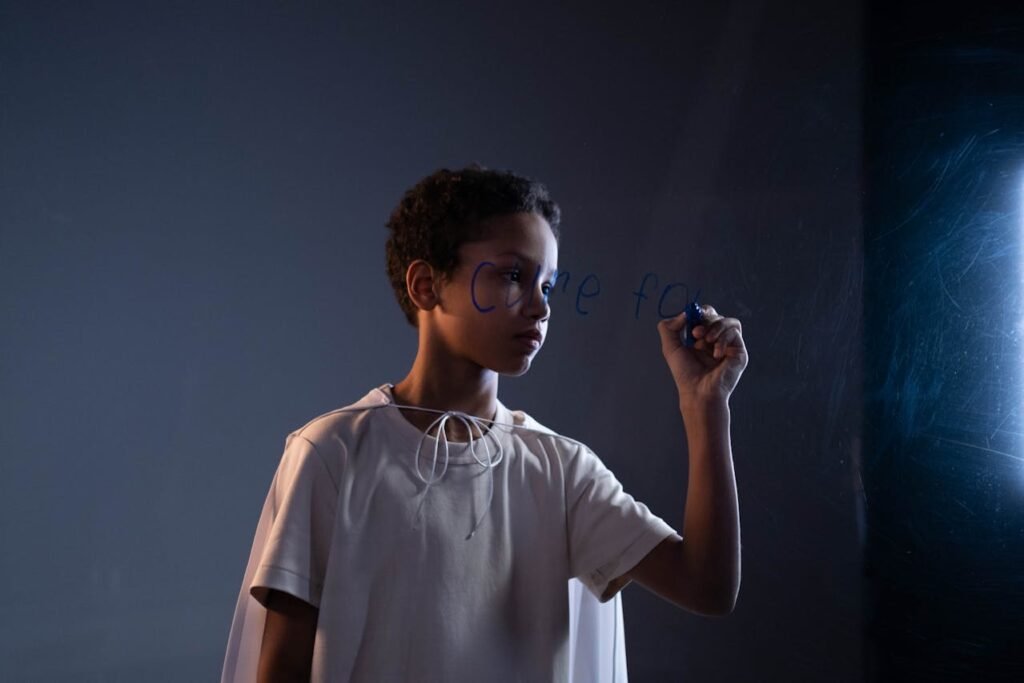
Not all children develop critical thinking in the same way or at the same speed. Some ask questions all the time. Others think quietly and deeply before they speak. Some enjoy puzzles and problems. Others enjoy stories and long conversations. All of these are valid paths toward becoming a strong thinker.
The key is not to force critical thinking — but to create space for it.
Some Kids Think Out Loud
You might hear everything they’re wondering: “Why did that happen?” “That’s not fair!” “What if we tried this instead?” These children learn by talking. They work through ideas as they speak. It may sound messy, but it’s their way of thinking actively.
How to support them:
Listen patiently. Don’t rush their thoughts. Repeat their ideas back to help them feel heard and sharpen their reasoning.
Some Kids Think Silently
These children don’t always speak up right away. They take their time. They watch, listen, and then say something powerful — often when others have moved on. It doesn’t mean they’re not thinking. In fact, they may be thinking more deeply than anyone else.
How to support them:
Give them time. Ask gentle follow-up questions. Let them write or draw their thoughts if they don’t want to talk right away.
Some Kids Think in Action
These are the hands-on learners. They build, break, move, or test ideas by doing. For them, thinking and doing go together. They figure things out through movement and play.
How to support them:
Offer tools, experiments, and real-life problems to solve. Let them test their thinking through projects or games.
Don’t Compare — Support
Every child’s mind grows in its own way. Comparing one child’s thinking to another’s can make them feel small — and may even shut down their curiosity. Instead of asking, “Why can’t you think like your brother?” ask, “How can I help you think it through your way?”
The goal isn’t to create one kind of thinker. It’s to support each child in becoming a strong version of themselves — someone who thinks clearly, questions bravely, and solves problems with heart.
Conclusion: Raising Thoughtful Kids in a Fast World
In today’s world, where answers are just a click away, it’s easy to forget how important thinking really is. But for children, the ability to think clearly, ask questions, and solve problems — that’s what will set them apart.
Critical thinking is not about being perfect. It’s about being curious, being brave, and being willing to try. It’s about slowing down, noticing more, and learning not just what to think, but how to think.
This skill doesn’t grow overnight. It takes time, trust, and care. And it grows best in places where kids feel safe, respected, and supported — places like home, school, and learning communities that truly understand how children grow.
At Debsie, we’re not just teaching subjects. We’re helping kids build the kind of thinking that lasts a lifetime. In every class — from math to science to history — we create space for children to explore, wonder, reflect, and grow as confident thinkers.
📚 Ready to help your child build strong thinking skills for life?
👩🏫 Book a free trial class at Debsie today — and let your child discover the joy of learning how to think, not just what to know.
Because the future belongs to kids who can think for themselves — and we’re here to help them get there.
Read Next:
